Friday, May 24, was the bimonthly bird survey at Ellis Creek for the Petaluma Wetlands Alliance (PWA). A cloudy but pleasant morning greeted us at 7 AM. Vibrant greenery from recent rains made for a beautiful walk around the park.
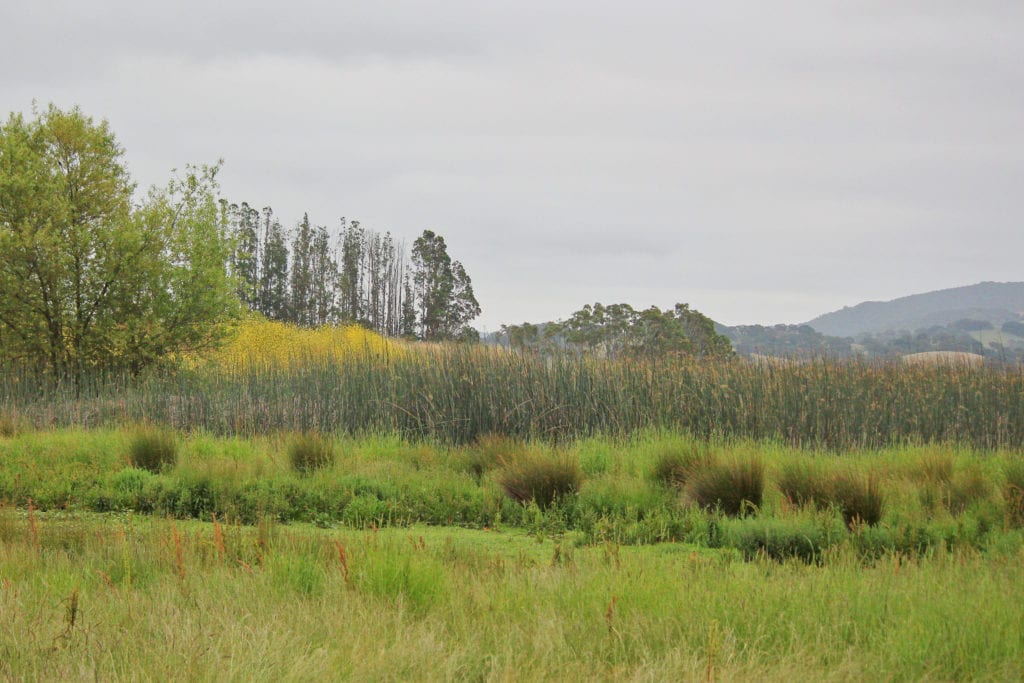
Morning at Ellis Creek
Amid another busy breeding season, this female Red-winged Blackbird watched her surroundings closely.
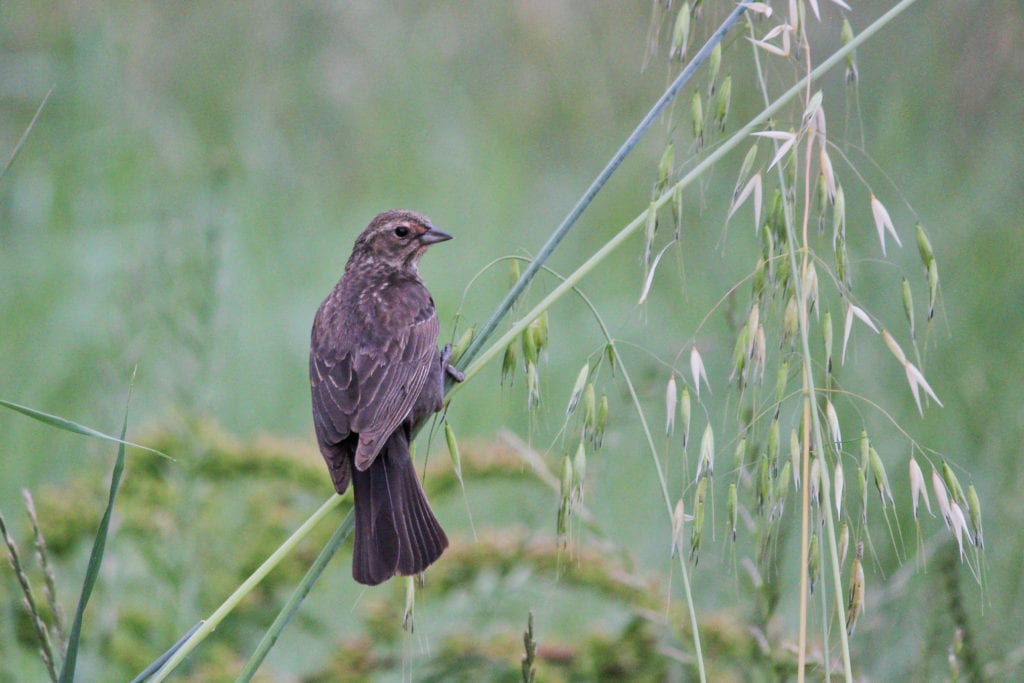
Red-winged Blackbird
While the birds busily built nests, tended to young, and sang their hearts out, us humans kept our pace slow and easy.
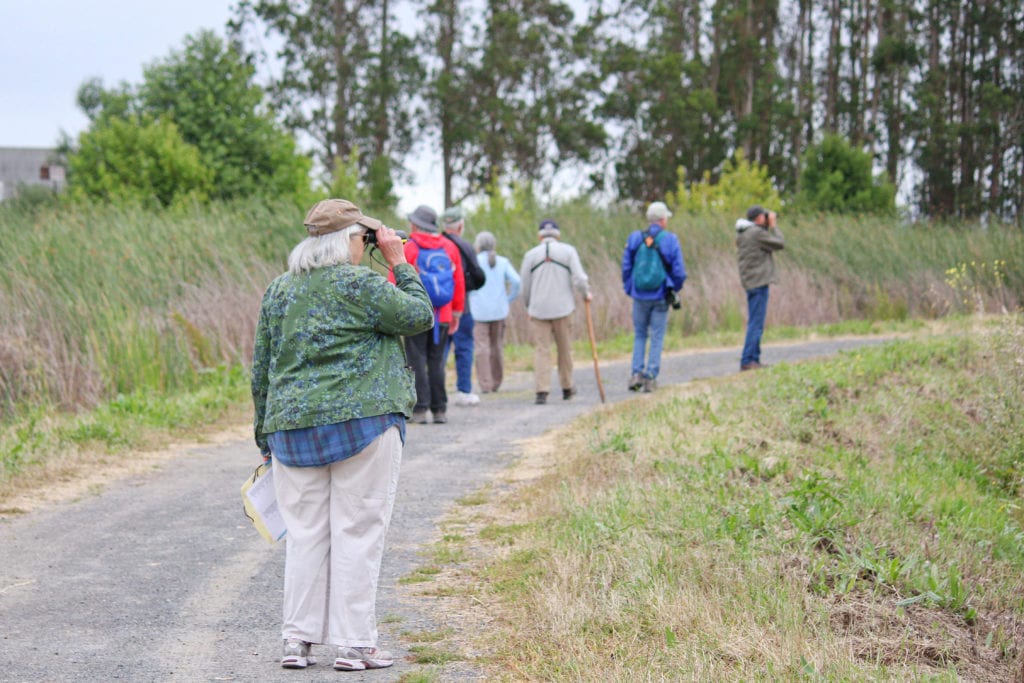
Observing the hustle and bustle of bird life
This female Great-tailed Grackle collected nesting material.
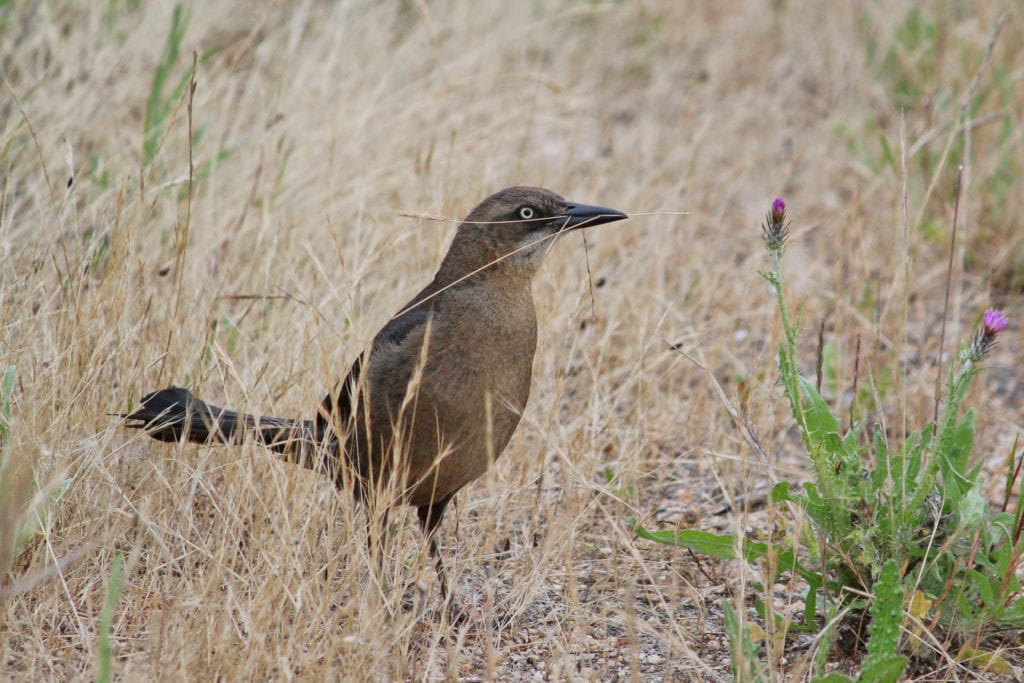
Great-tailed Grackle
Meanwhile, this male perched on an interpretive sign and let loose with some characteristically noisy honks, squeaks, and whistles.
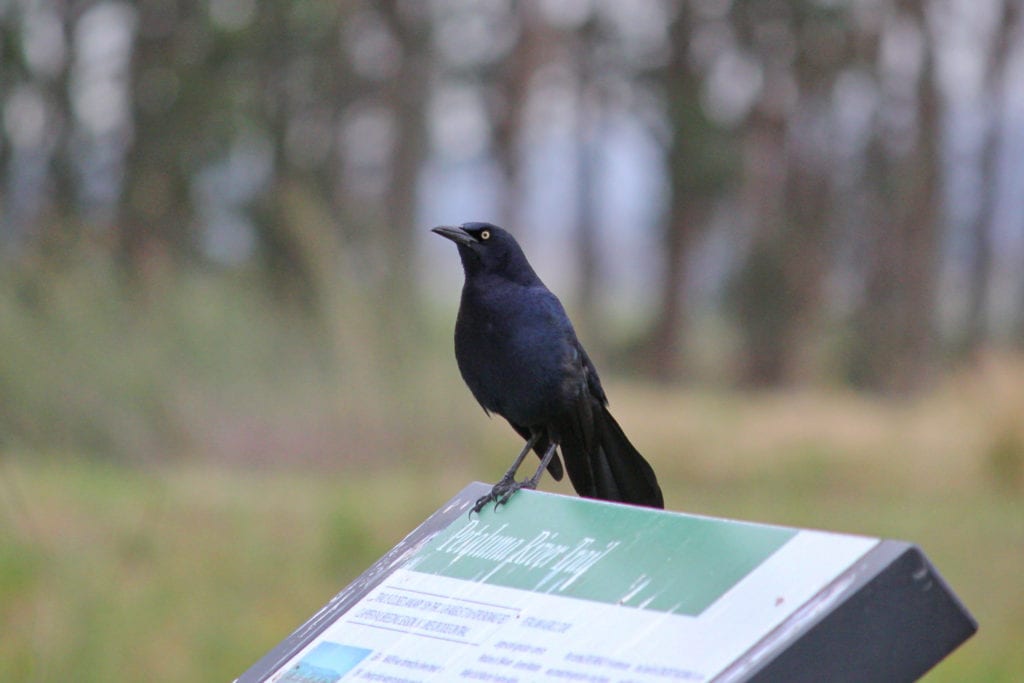
Great-tailed Grackle
Great-tailed Grackles have an amazing arsenal of vocalizations – here are two different calls heard throughout the day.
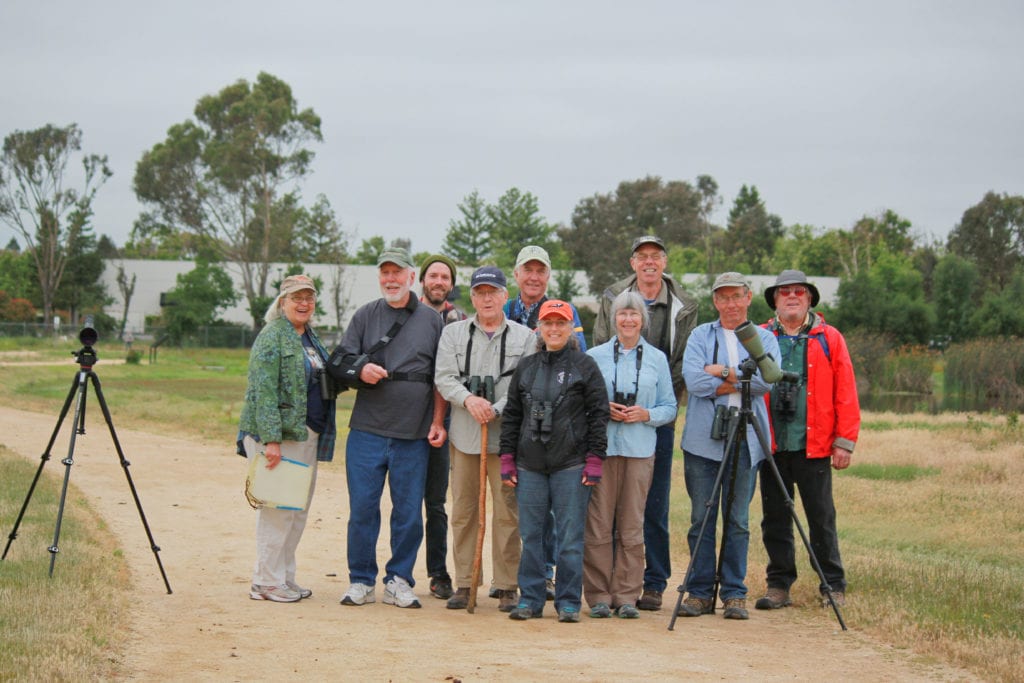
[L-R] JJ, Andy, Miles, Len, Malcolm, Christyne, JoAnn, Craig, Gene, Harley (not pictured – Teresa, Sharon, Janet)
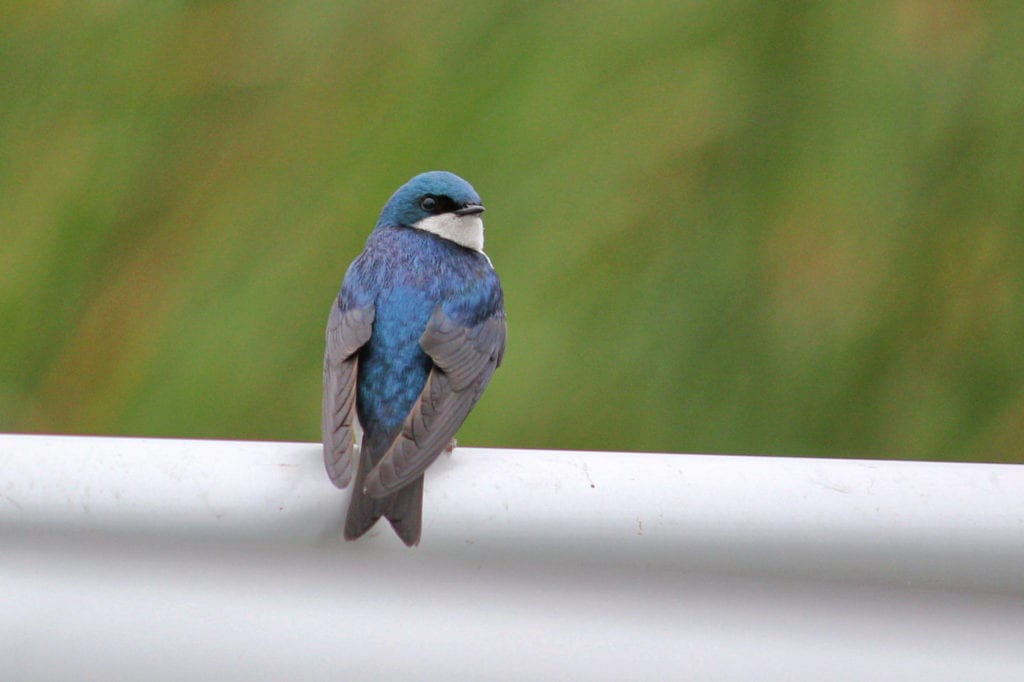
Tree Swallow
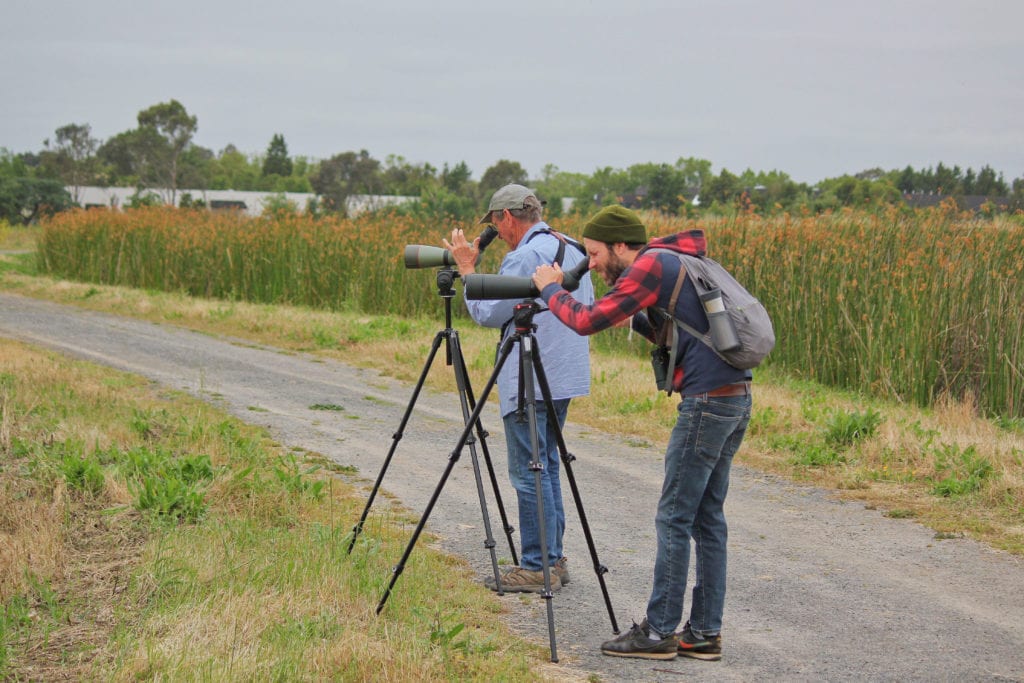
Gene and Miles peering at Marbled Godwits on the distant mudflats
New life around the wetlands makes our spring surveys extra exciting! We observed many recently fledged young, including Song Sparrows, Savannah Sparrows, Bewick’s Wrens, Tree Swallows, and Canada Goose goslings.
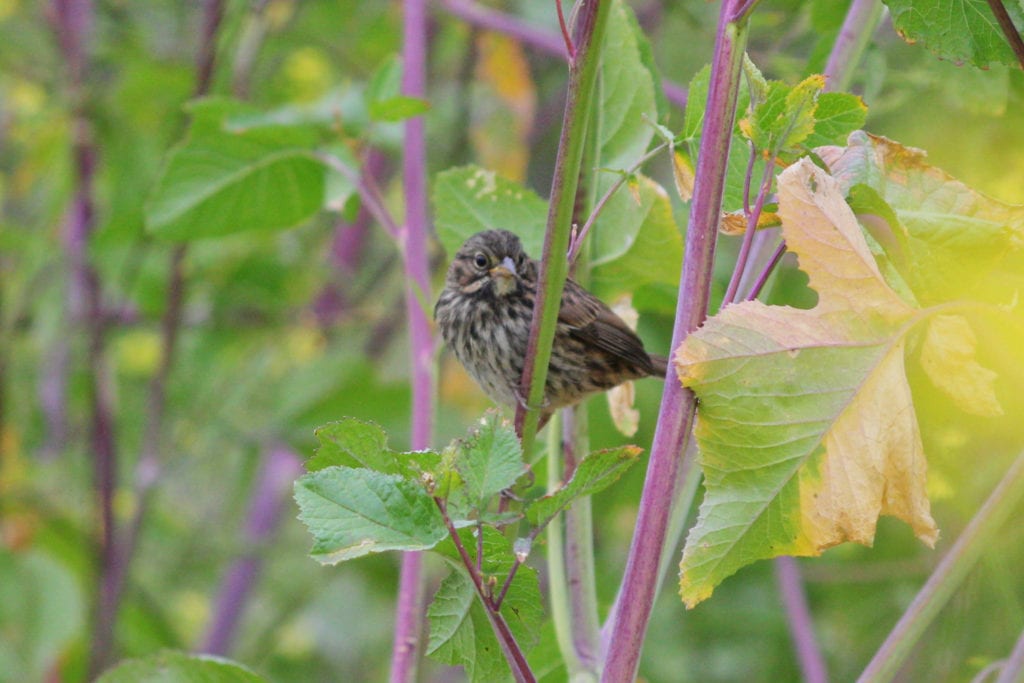
Song Sparrow (fledgling)
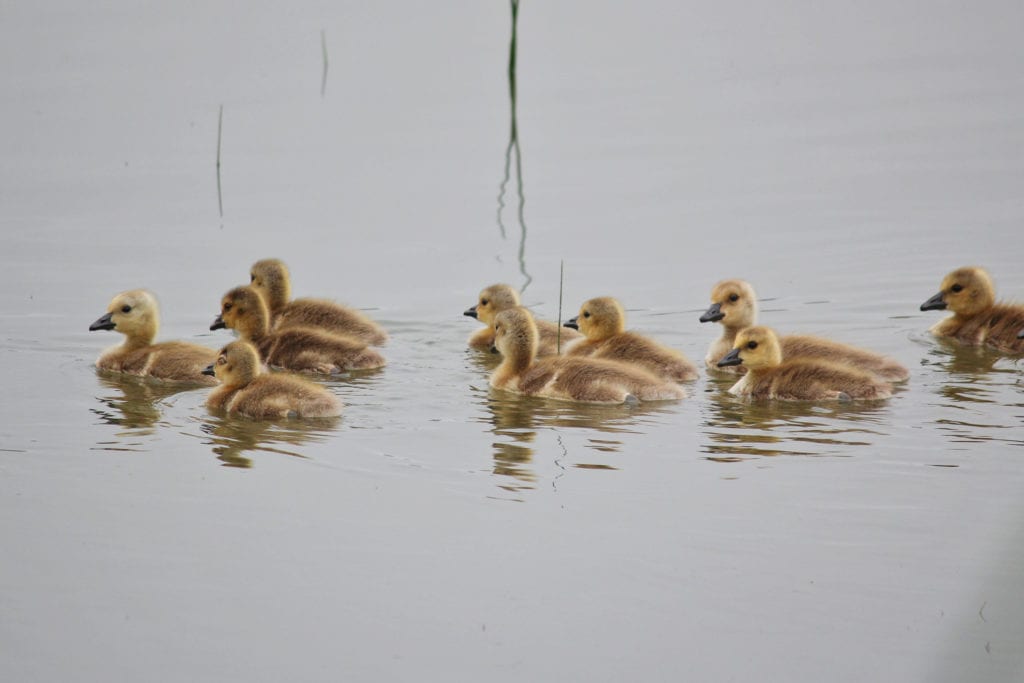
Canada Goslings!
This Marsh Wren nest was one of many in the tules. Male Marsh Wrens build multiple “dummy” nests throughout breeding season, so many of these nests aren’t actually used by a female to lay eggs.
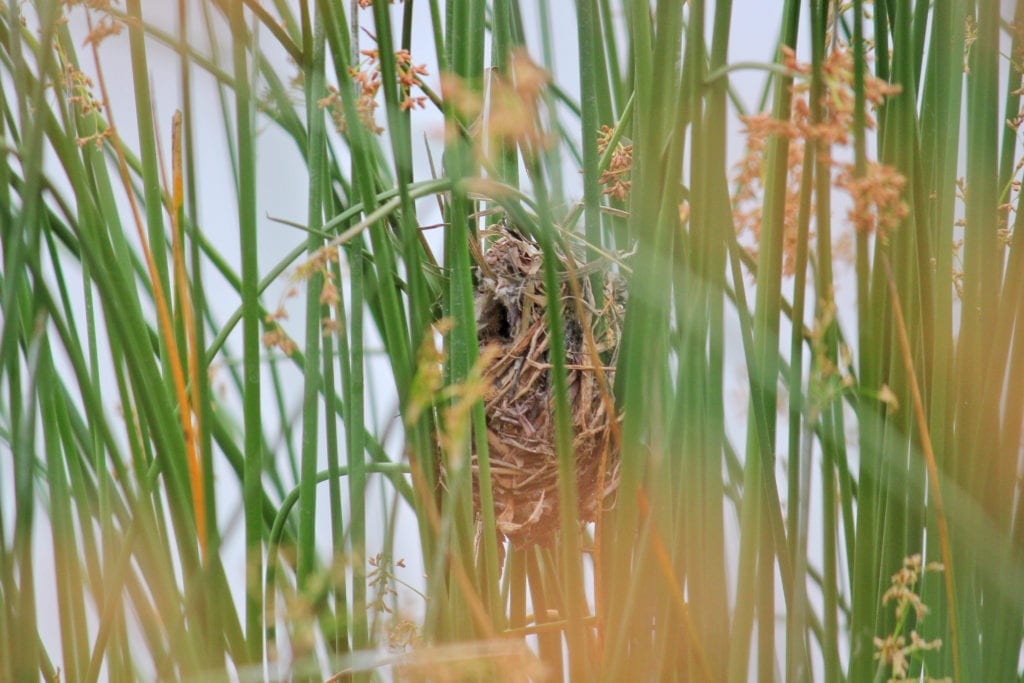
Marsh Wren nest
According to the research database Birds of North America, ornithologists postulate several theories for dummy nest-building: to provide shelter for future young; to demonstrate the male’s fitness; and perhaps most ominously, to counter the destructive behavior of other Marsh Wrens. Marsh Wrens are known to destroy the nests and eggs of other breeding pairs, so each dummy nest constructed by a Marsh Wren may serve as a decoy or as a backup plan in case its active nest is demolished.
An aggressive defender of its breeding territory, the Marsh Wren would never dream of allowing us – or any other creature – to pass by without loudly proclaiming ownership of its turf.
This hidden individual sang from the reeds.
We encountered a Mute Swan on its nest, with its mate swimming just 15 feet away.
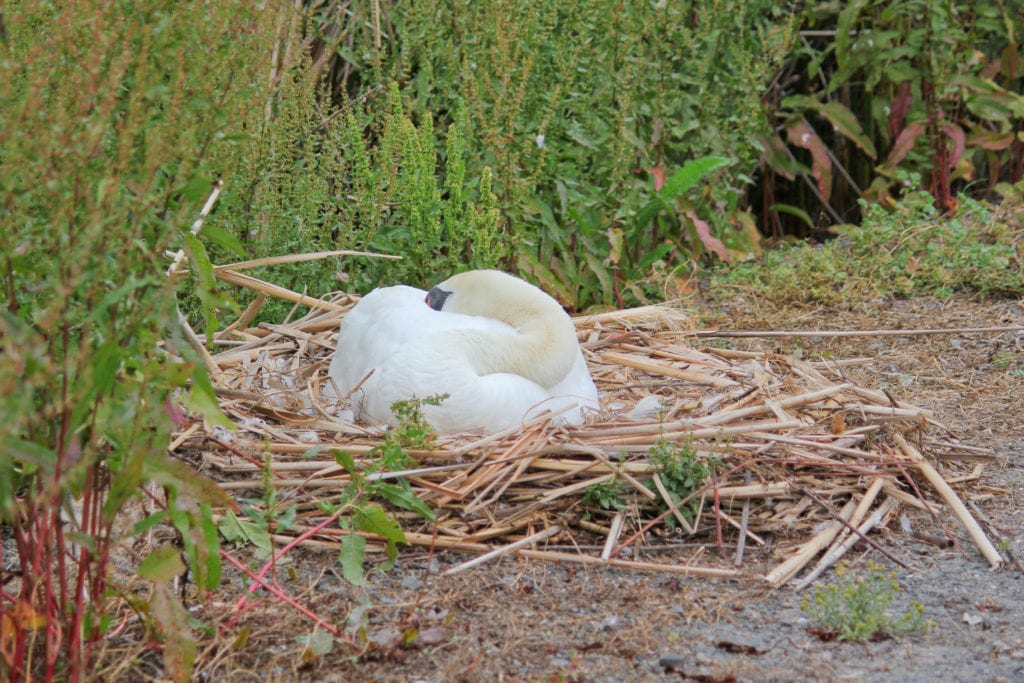
Mute Swan on nest
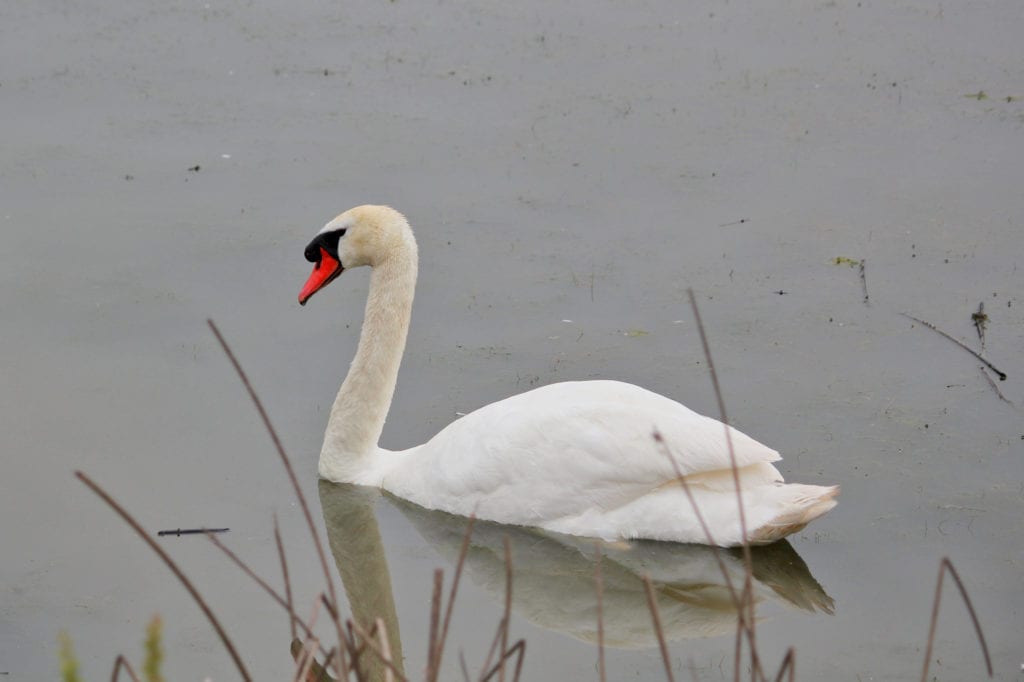
Mute Swan
Three American Bullfrogs kept their eyes peeled.
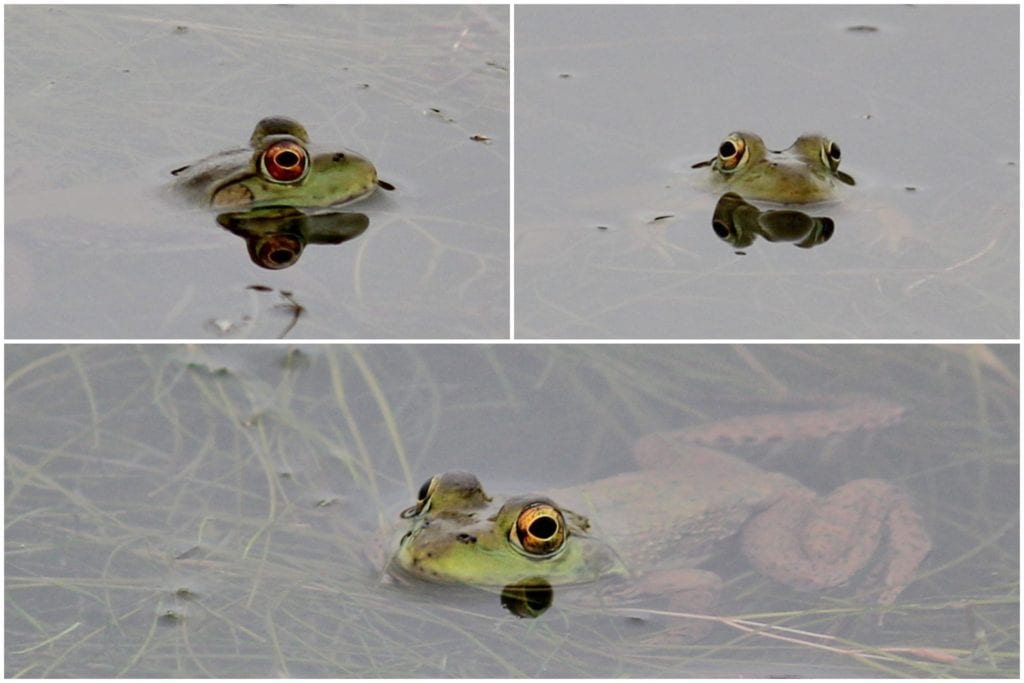
🎶 I always feel like somebody’s watching me 🎶
Birds weren’t the only ones showing off their new young! The group was lucky to observe a family of Striped Skunks rustling through the vegetation before heading into their den. This was the last of several kits headed underground.

Striped Skunk kit
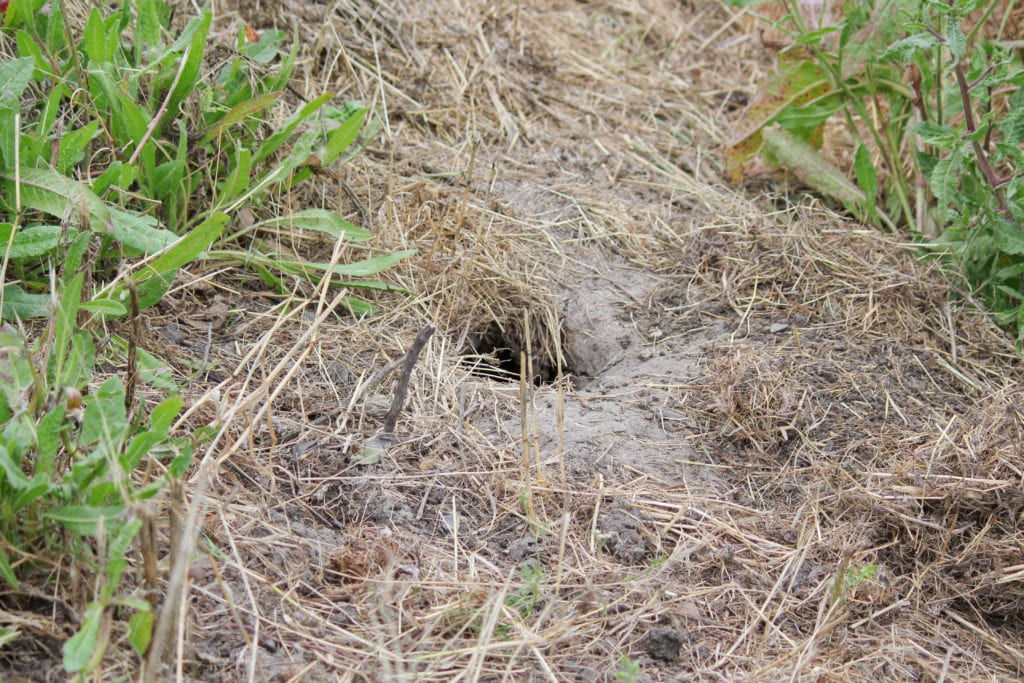
Striped Skunk den
Hmm, wonder what everyone was so interested in…
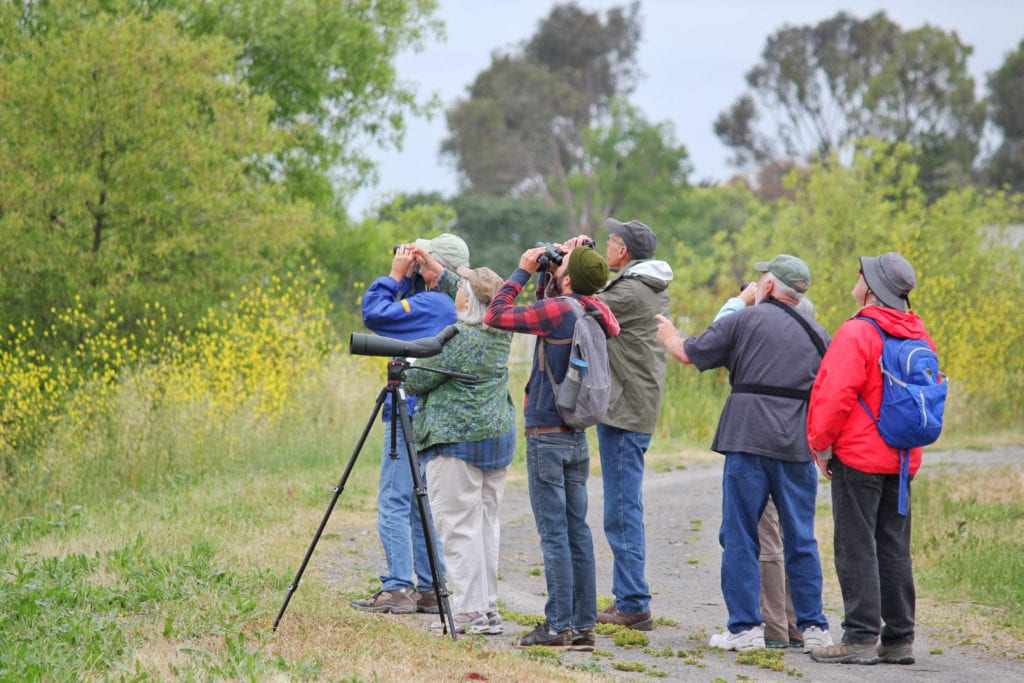
The group gawking
… A Western Kingbird nest! We spotted a second nest later in the day. Western Kingbirds are a species in which only the female incubates eggs, so we assume this is Mama’s tail here below!
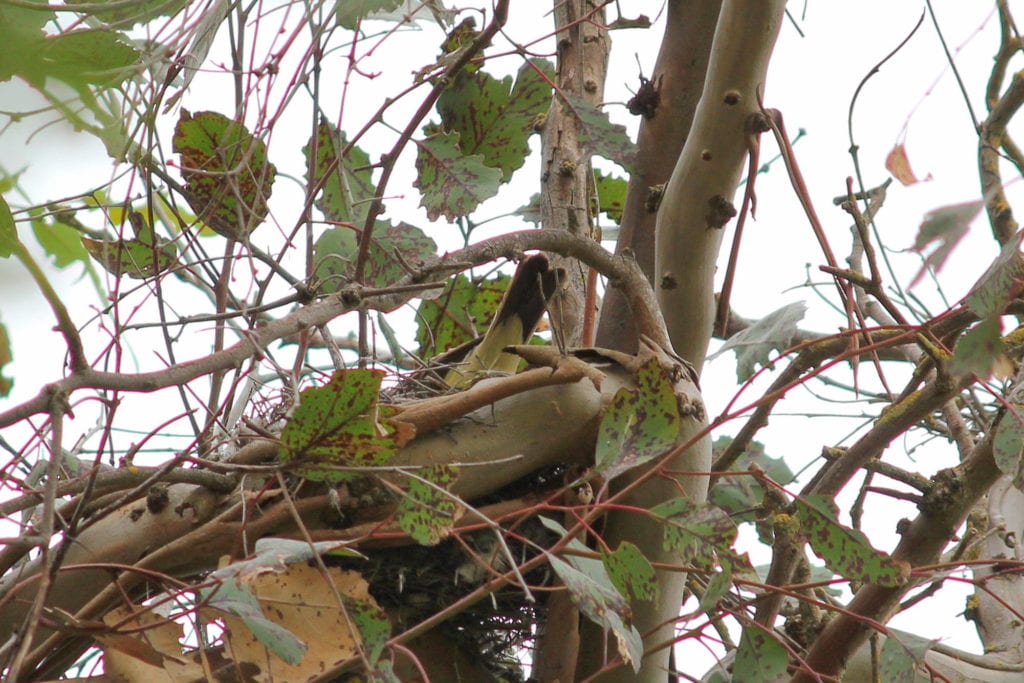
Western Kingbird in nest
Her mate perched vigilantly in a nearby oak.
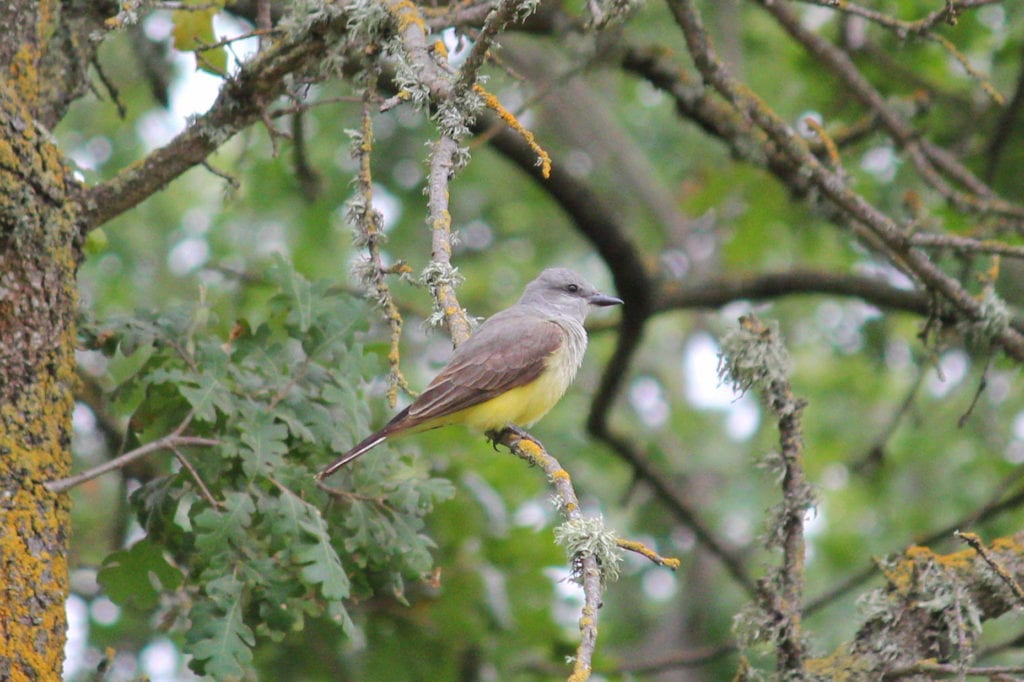
Western Kingbird
The two Western Kingbirds periodically called while we studied them.
In front of some tules posed this regal Great Blue Heron.
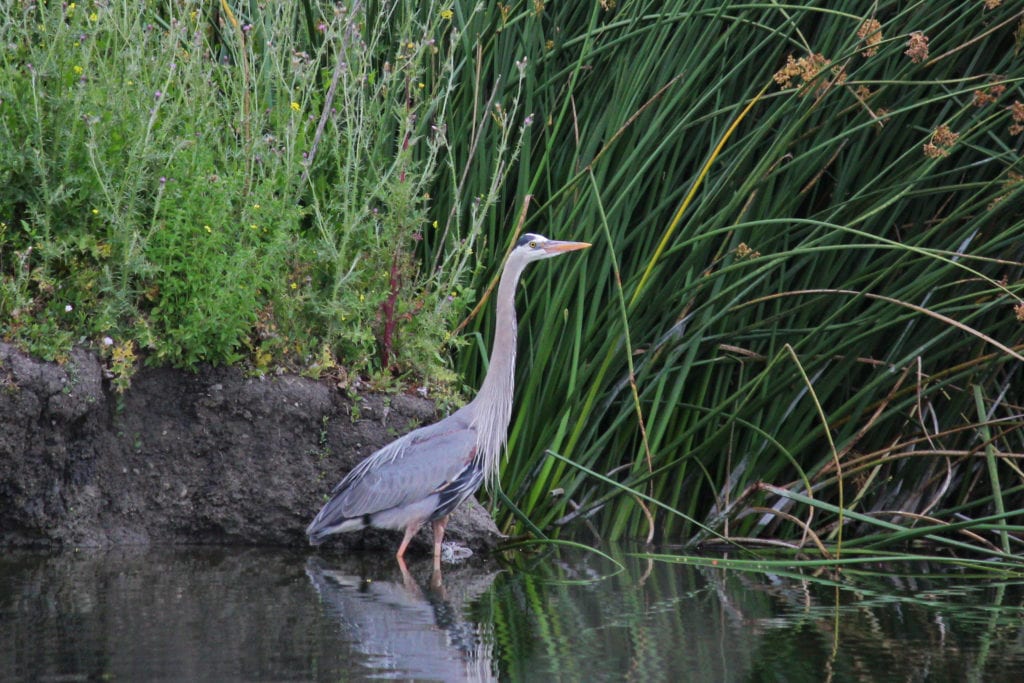
Great Blue Heron
This crisp Savannah Sparrow sang several rounds of his song to declare his domain.
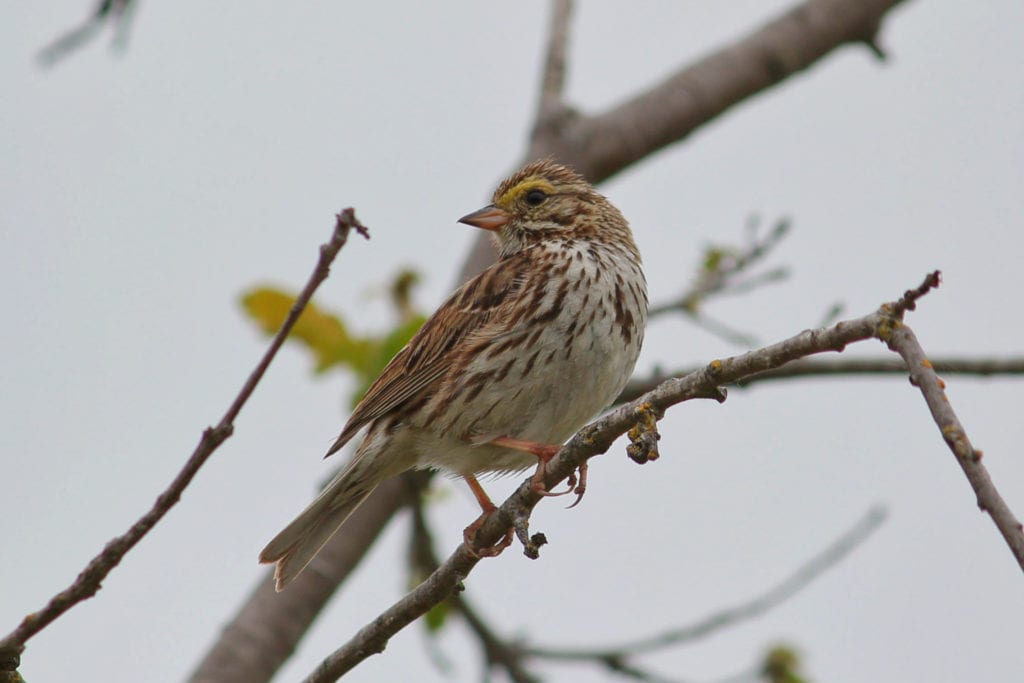
Savannah Sparrow
Notice the prominent, high-pitched, insect-like buzz towards the end of his song – this is characteristic of Savannah Sparrows.
We also observed this pair of Savannah Sparrows sitting a foot apart, “chip“-ing back and forth to each other.
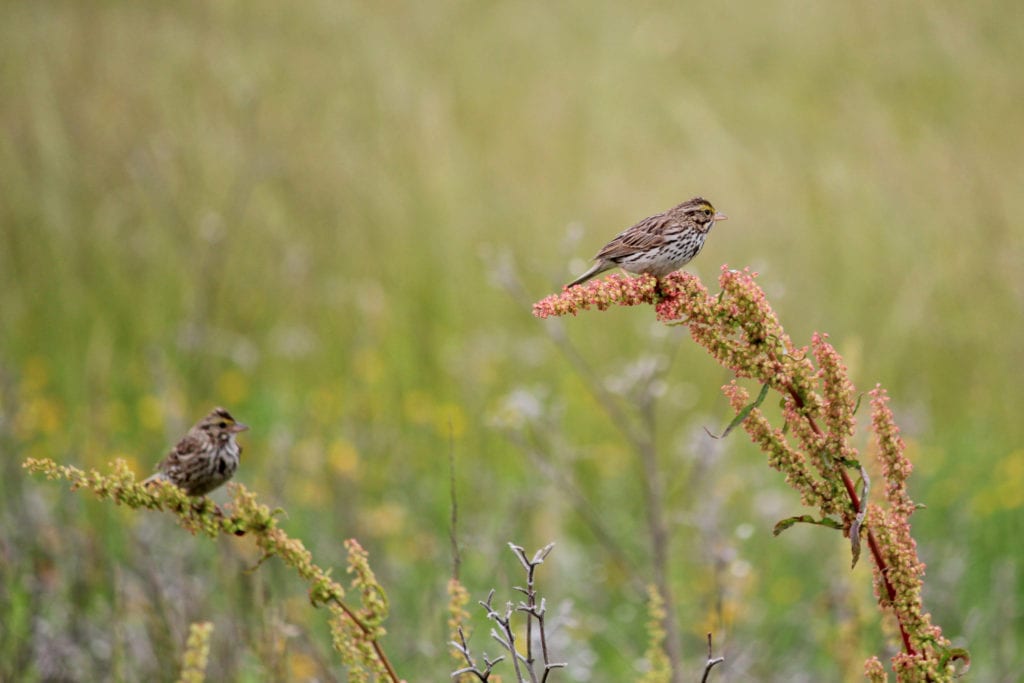
Savannah Sparrows
The two individuals followed each other around, calling constantly. You can also hear a third Savannah Sparrow singing in the distance.
Farther down the road, we encountered a juvenile Savannah Sparrow. It sat quietly in a tree, presumably waiting on its parents to come by with a meal.
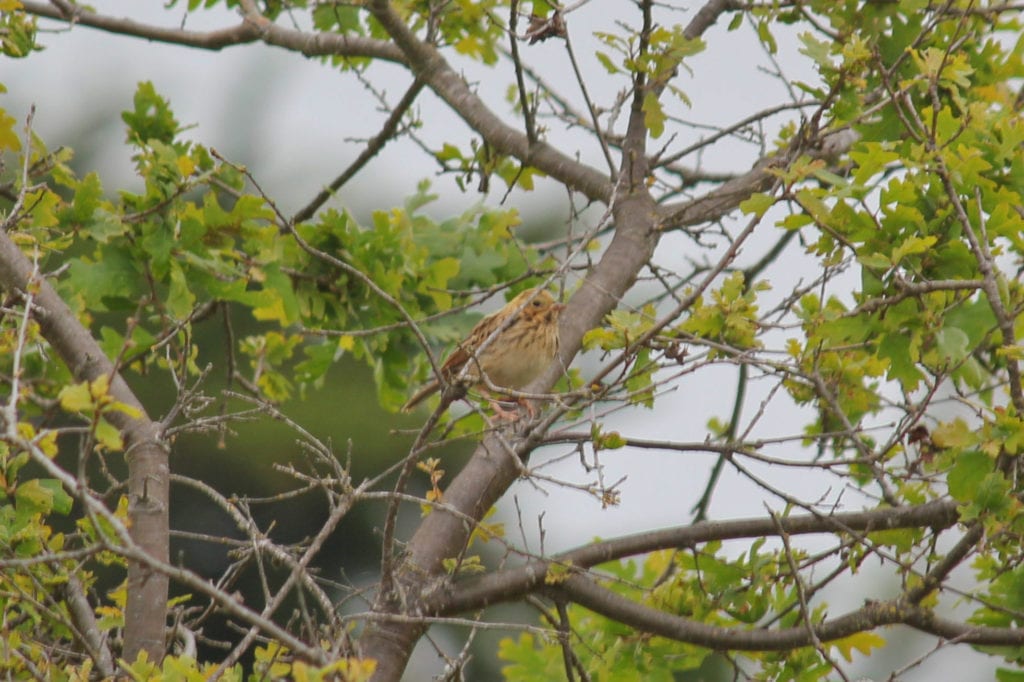
Savannah Sparrow (juvenile)
Fledglings, nesting birds, a family of skunks, and fine company – there’s no better way to soak up the lively energy of a spring morning! By the end of the morning, the team had tallied 61 species. In the following days, five additional species were located by team members returning to Ellis Creek, bringing the grand total to 66.
This has been your in-the-field recap of the PWA’s May bird survey. These monthly bird surveys are just one of the many ways the PWA fulfills its mission statement:
Dedicated to the stewardship, restoration, and expansion of wetlands and associated wildlife habitats.
We’re Miles and Teresa Tuffli of I’m Birding Right Now. We are PWA members and bird survey volunteers. Check back for future reports!
If you have any questions about this particular count or if you’re interested in participating in future counts, please contact the coordinator/compiler for these surveys, Len Nelson, at lennelsn@comcast.net.


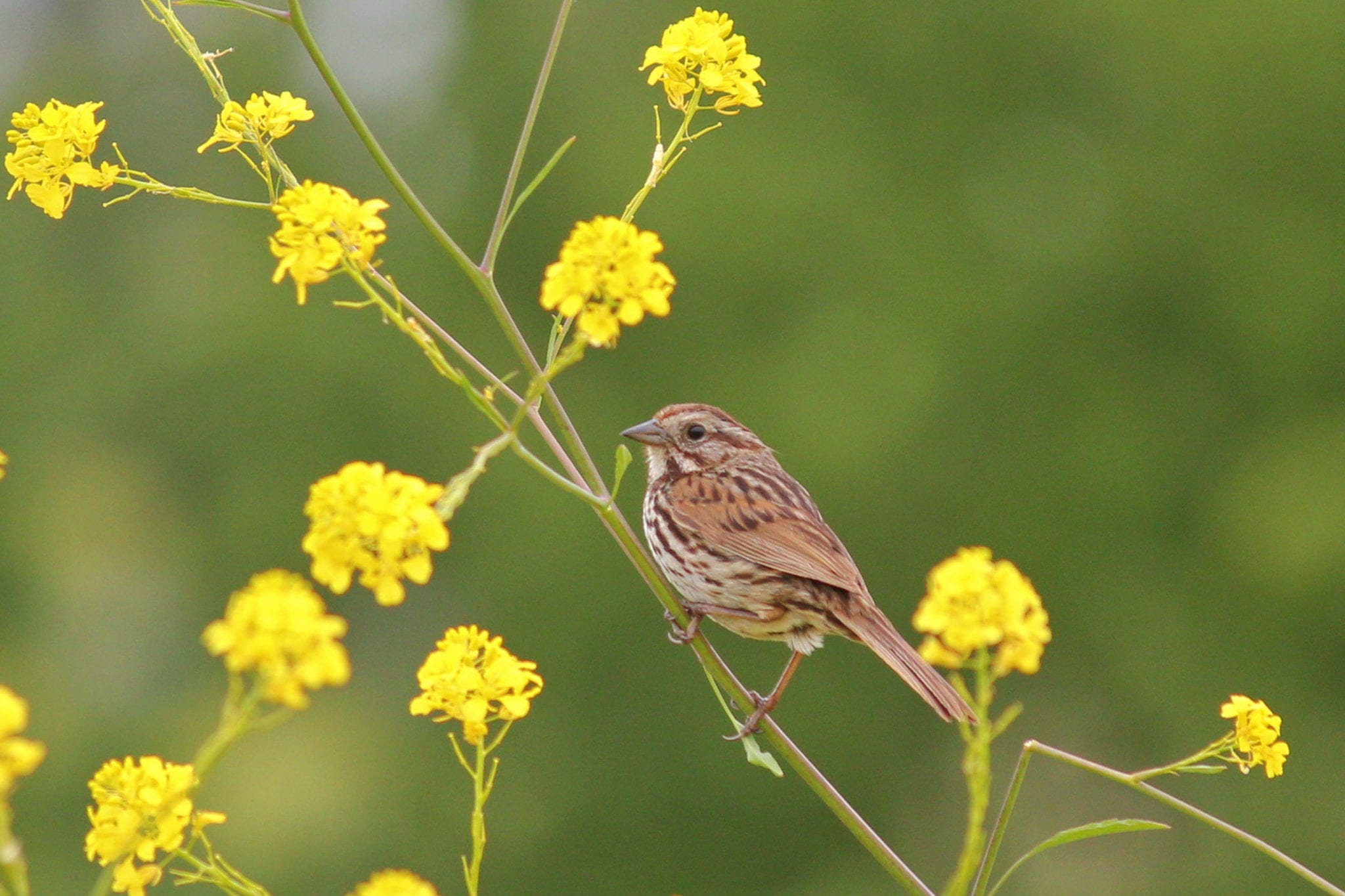

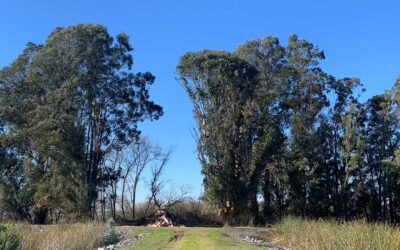
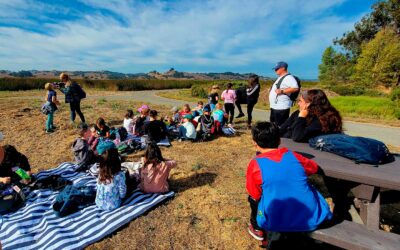
Thanks for including the bird calls. I enjoyed this posting.
Thanks, Sharon! We really enjoy learning bird vocalizations. We include recordings on most of our own blog posts as well, over at “I’m Birding Right Now” where we just started a “Sounds of Sonoma County” series.
Here is the first post if you are interested –
https://imbirdingrightnow.com/2019/05/18/sounds-petaluma-wetlands-1-spring-songs/
It is always great to have you as a part of our PWA monthly surveys.
Your insights, observations and recordings flesh out the bare numbers that are collected.
I always look forward to seeing your reports.
Keep up the great work! Len Nelson
Thanks Len, it’s quite literally our pleasure! See you next Thursday =)